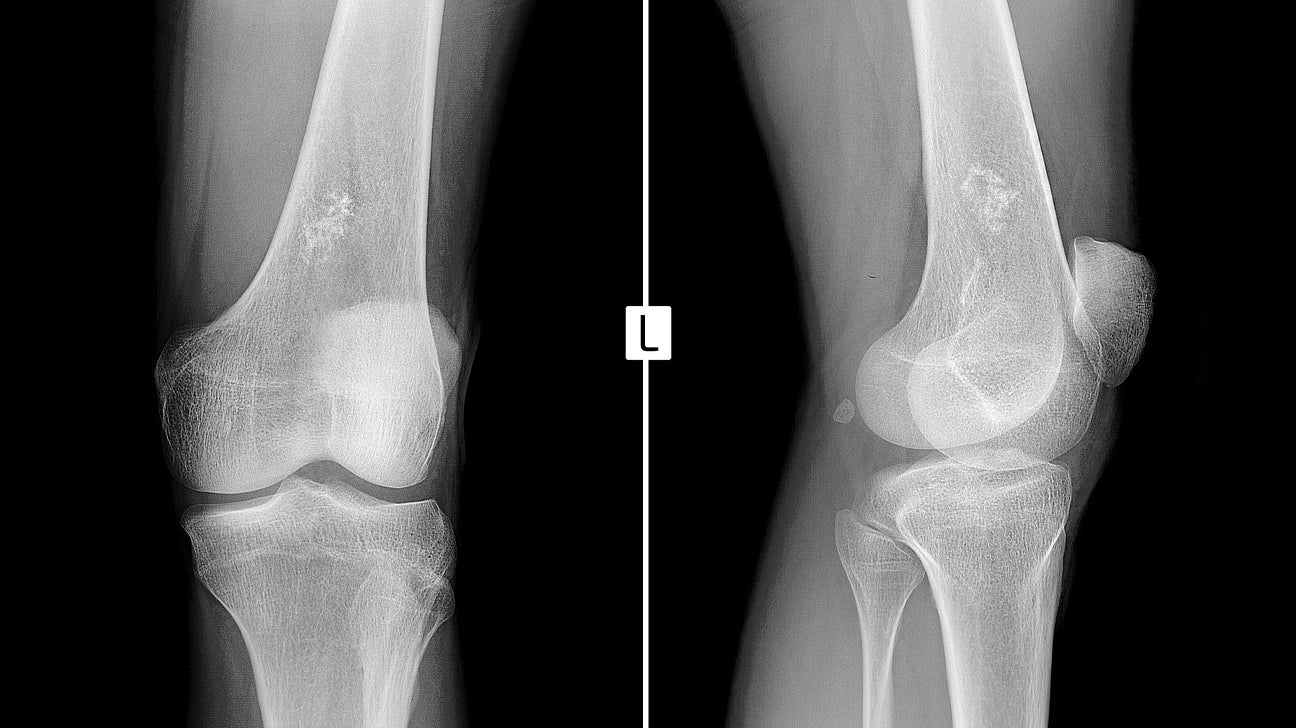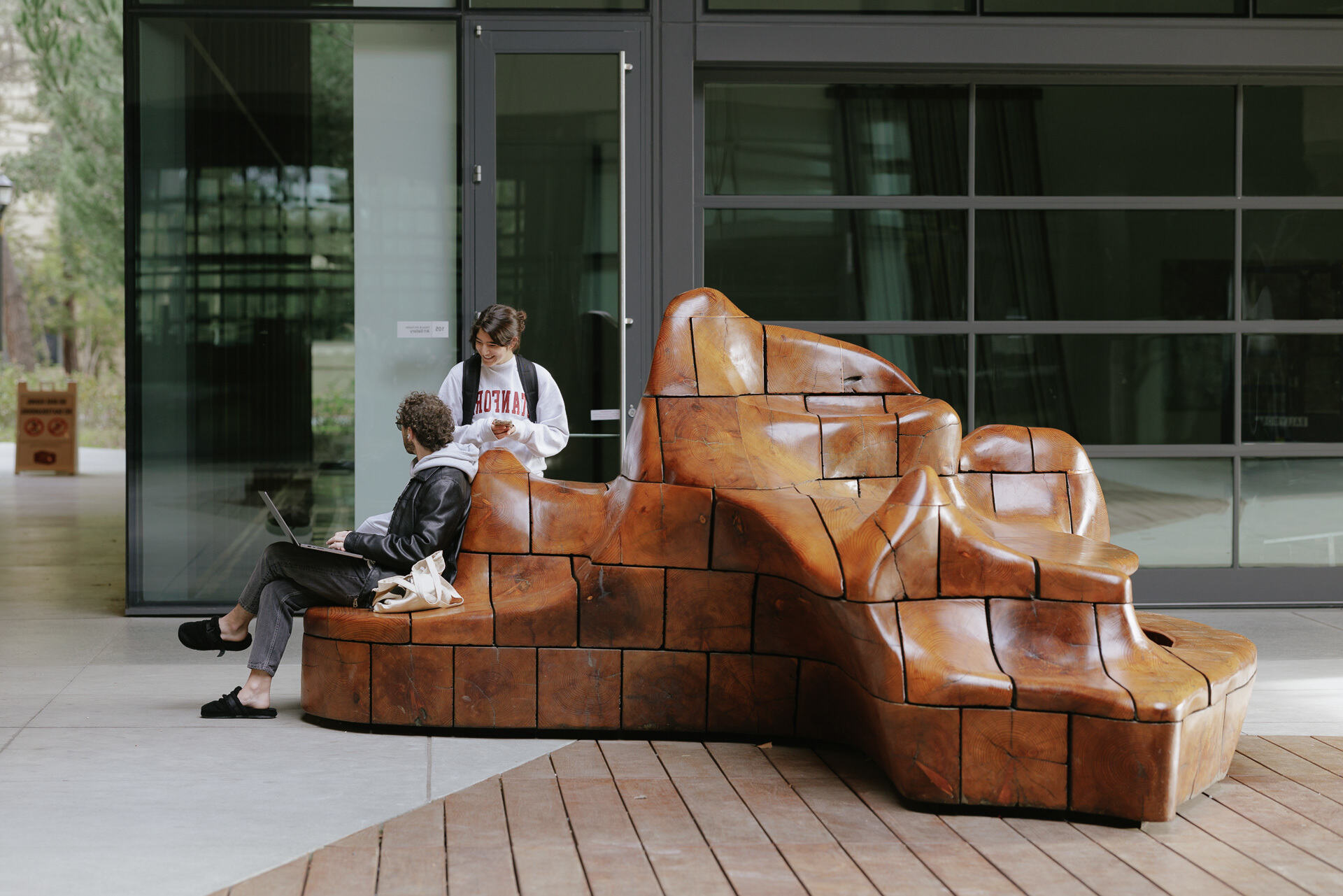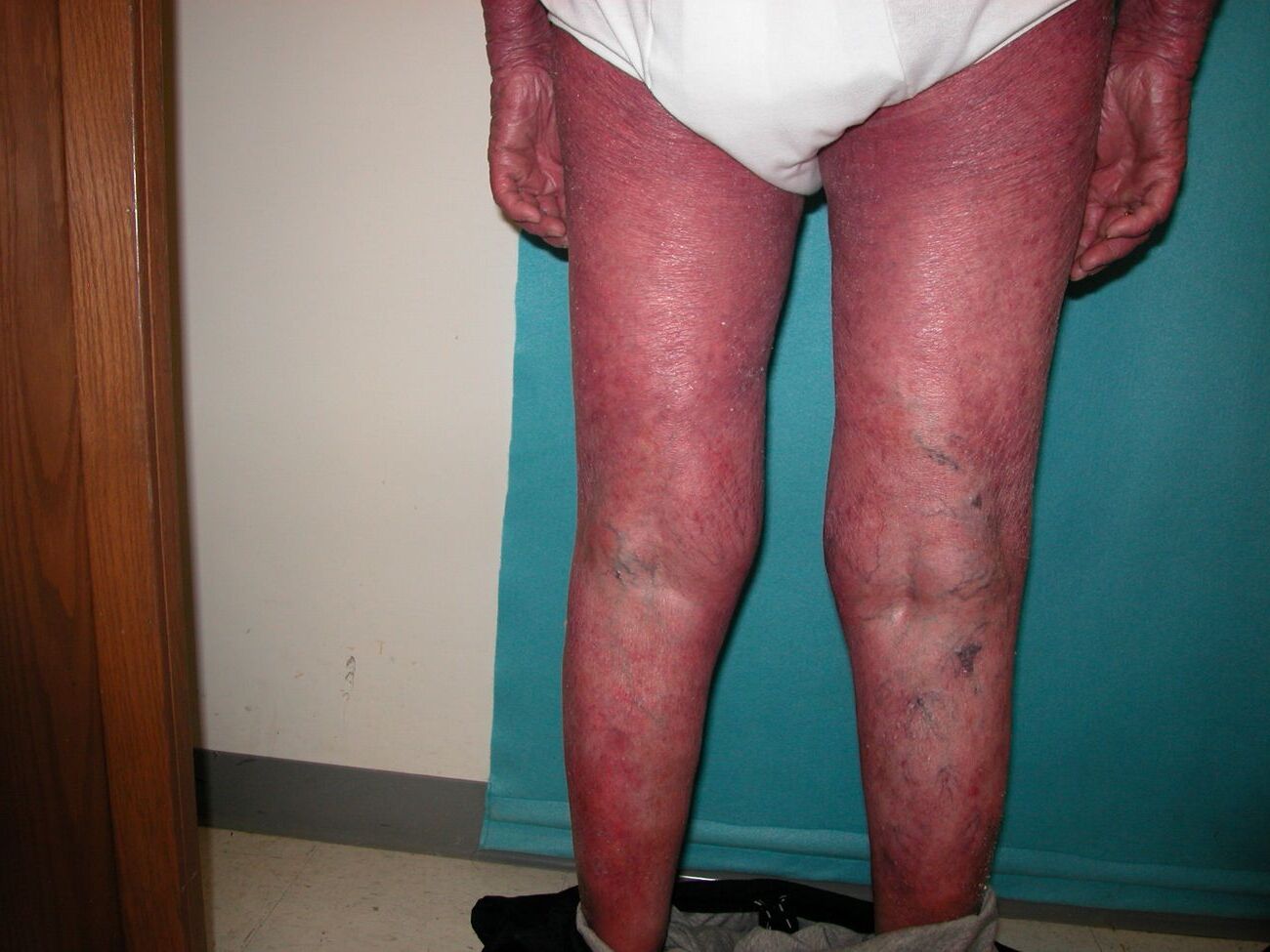
Ewing's Sarcoma is a rare type of cancer that primarily affects bones or the soft tissue around bones. It mostly strikes children and teenagers, making it a significant concern for families and healthcare providers. Did you know that this aggressive cancer was first identified by Dr. James Ewing in 1921? Understanding the basics of Ewing's Sarcoma can help in early detection and treatment. This cancer often presents with symptoms like pain, swelling, or even a palpable lump. Early diagnosis is crucial for effective treatment, which may include surgery, chemotherapy, and radiation. Stay informed about Ewing's Sarcoma to better recognize its signs and support those affected.
Key Takeaways:
- Ewing's Sarcoma is a rare cancer that mostly affects young people. Early detection and treatment are crucial for better outcomes. Remember, persistent pain and unexplained swelling are important symptoms to watch for.
- Research and collaboration are key in finding better treatments and a cure for Ewing's Sarcoma. Famous cases have raised awareness and funding for research, bringing hope for improved outcomes in the future.
What is Ewing's Sarcoma?
Ewing's Sarcoma is a rare type of cancer that primarily affects bones or the soft tissue around bones. It mostly occurs in children and young adults. Understanding this disease can help in early detection and treatment.
- Ewing's Sarcoma was first described by Dr. James Ewing in 1921.
- It is the second most common type of bone cancer in children.
- This cancer usually affects people between the ages of 10 and 20.
- The disease is more common in males than females.
- It primarily targets the long bones, pelvis, and chest wall.
Symptoms of Ewing's Sarcoma
Recognizing the symptoms early can lead to prompt treatment. Here are some common signs to watch for.
- Persistent pain in the affected area is a common symptom.
- Swelling and tenderness around the tumor site often occur.
- Fever without any known cause can be a warning sign.
- Unexplained weight loss may also be a symptom.
- Fatigue and general weakness are frequently reported.
Causes and Risk Factors
Understanding the causes and risk factors can help in identifying those at higher risk.
- The exact cause of Ewing's Sarcoma is unknown.
- Genetic mutations are believed to play a role in its development.
- Family history does not significantly increase the risk.
- Caucasians are more likely to develop this cancer compared to other races.
- There is no known link between Ewing's Sarcoma and environmental factors.
Diagnosis of Ewing's Sarcoma
Early and accurate diagnosis is crucial for effective treatment. Here are the methods used to diagnose this cancer.
- X-rays are often the first imaging test performed.
- MRI scans provide detailed images of the tumor.
- CT scans help in assessing the spread of the disease.
- A biopsy is necessary to confirm the diagnosis.
- Bone scans can detect whether the cancer has spread to other bones.
Treatment Options
Various treatment options are available depending on the stage and location of the tumor.
- Surgery is often used to remove the tumor.
- Chemotherapy is commonly administered to kill cancer cells.
- Radiation therapy targets and destroys cancerous tissue.
- Stem cell transplants may be considered in some cases.
- Clinical trials offer access to new and experimental treatments.
Prognosis and Survival Rates
Knowing the prognosis and survival rates can provide hope and realistic expectations.
- The five-year survival rate for localized Ewing's Sarcoma is around 70%.
- If the cancer has spread, the five-year survival rate drops to about 30%.
- Early detection significantly improves the chances of successful treatment.
- Advances in treatment have steadily improved survival rates over the years.
- Long-term follow-up care is essential for monitoring recurrence.
Living with Ewing's Sarcoma
Living with this disease involves more than just medical treatment. Here are some aspects to consider.
- Physical therapy can help in regaining strength and mobility.
- Psychological support is crucial for emotional well-being.
- Nutritional counseling ensures a balanced diet during treatment.
- Support groups provide a sense of community and shared experiences.
- Palliative care focuses on improving quality of life.
Research and Future Directions
Ongoing research aims to find better treatments and ultimately a cure for Ewing's Sarcoma.
- Scientists are studying the genetic mutations involved in this cancer.
- New drugs are being tested in clinical trials.
- Immunotherapy is a promising area of research.
- Researchers are exploring ways to prevent the disease from spreading.
- Collaboration between institutions accelerates the pace of discovery.
Famous Cases of Ewing's Sarcoma
Some well-known individuals have battled this disease, bringing attention to it.
- Canadian athlete Terry Fox was diagnosed with Ewing's Sarcoma.
- Actress and singer Olivia Newton-John's daughter, Chloe Lattanzi, also faced this cancer.
- Professional soccer player Jonny Brown was another notable case.
- The story of Mattie Stepanek, a young poet, inspired many.
- These cases have raised awareness and funding for research.
Myths and Misconceptions
Clearing up myths and misconceptions can lead to better understanding and support.
- Ewing's Sarcoma is not caused by injuries or physical trauma.
- It is not contagious and cannot be spread from person to person.
- Alternative treatments should not replace conventional medical care.
- The disease can affect anyone, not just athletes or active individuals.
- Early diagnosis and treatment are key to improving outcomes.
Final Thoughts on Ewing's Sarcoma
Ewing's Sarcoma, a rare cancer affecting bones or soft tissue, primarily impacts children and young adults. Early detection and treatment are crucial for better outcomes. Symptoms like pain, swelling, and fever shouldn't be ignored. Diagnosis involves imaging tests and biopsies, while treatment typically includes chemotherapy, surgery, and sometimes radiation.
Support from family, friends, and healthcare professionals plays a vital role in a patient's journey. Awareness and research funding can lead to advancements in treatment options and improved survival rates. By understanding the facts about Ewing's Sarcoma, we can better support those affected and contribute to ongoing research efforts.
Stay informed, spread awareness, and offer support to those battling this challenging disease. Every bit of knowledge and compassion makes a difference in the fight against Ewing's Sarcoma.
Frequently Asked Questions
Was this page helpful?
Our commitment to delivering trustworthy and engaging content is at the heart of what we do. Each fact on our site is contributed by real users like you, bringing a wealth of diverse insights and information. To ensure the highest standards of accuracy and reliability, our dedicated editors meticulously review each submission. This process guarantees that the facts we share are not only fascinating but also credible. Trust in our commitment to quality and authenticity as you explore and learn with us.


